Welcome to the enchanting world of tree frogs, where vibrant colors meet incredible adaptations and the chorus of the wild comes alive after dusk. As a zoologist who has spent countless hours observing these fascinating amphibians, it is a privilege to share the wonders of these arboreal acrobats. Prepare to dive deep into their lives, from their sticky toes to their crucial role in our planet’s delicate ecosystems.
The Arboreal Acrobats: Understanding Tree Frogs
Tree frogs, primarily belonging to the family Hylidae, are a diverse and widespread group of amphibians renowned for their remarkable ability to live predominantly in trees and other elevated vegetation. Unlike their ground-dwelling cousins, these frogs possess specialized adaptations that allow them to thrive in the canopy, making them true masters of their elevated domain.
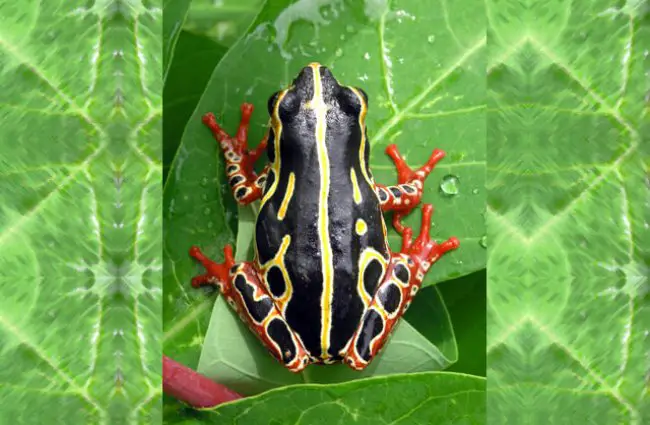
A Symphony of Species and Stunning Diversity
The term “tree frog” encompasses thousands of species, each with unique characteristics. From the iconic Red-eyed Tree Frog with its striking crimson eyes and vibrant green body to the camouflaged Gray Tree Frog of North America, their diversity is truly astounding. They come in an incredible array of sizes, shapes, and colors, often reflecting their specific habitat and predatory pressures. This rich variety makes them a captivating subject for both casual observers and dedicated researchers.
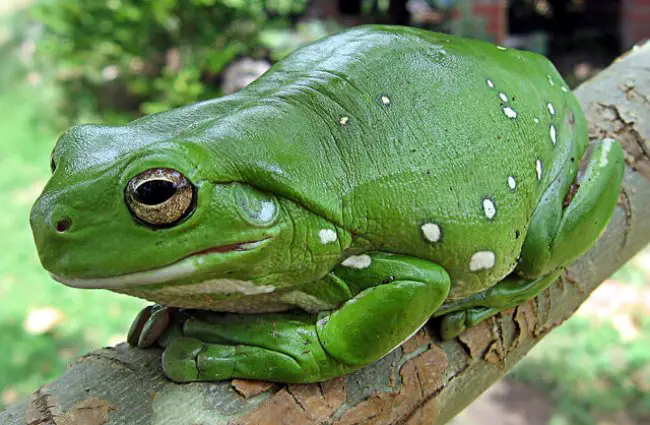
Habitat: Masters of the Canopy and Beyond
Tree frogs are found across nearly every continent, with the highest diversity in tropical and subtropical regions. Their preferred habitats are typically lush and humid, providing ample vegetation for climbing and sufficient moisture to prevent desiccation. These environments include:
- Tropical Rainforests: The quintessential home for many species, offering dense canopy, high humidity, and abundant insect life.
- Subtropical Forests: Areas with distinct wet and dry seasons, where frogs adapt to seasonal changes in water availability.
- Temperate Woodlands: Some species, like the Gray Tree Frog, extend into cooler climates, often exhibiting remarkable freeze tolerance.
- Wetlands and Marshes: While primarily arboreal, many species are closely tied to water bodies for breeding.
- Urban and Suburban Gardens: In areas with sufficient vegetation and moisture, some adaptable species can even be found in human-modified landscapes.
To find a tree frog in the wild, focus on areas with dense foliage near water sources. Look on the undersides of large leaves, along branches, and on the stems of plants, especially after rain or during the evening when they become most active.

Diet: Agile Hunters of the Night
Tree frogs are primarily insectivores, playing a vital role in controlling insect populations within their ecosystems. Their diet consists mainly of:
- Insects: Moths, flies, mosquitoes, beetles, crickets, and grasshoppers.
- Spiders: An opportunistic food source.
- Other Small Invertebrates: Depending on the species and its size, they may consume a variety of tiny creatures.
They are ambush predators, often waiting patiently for unsuspecting prey to pass by before launching a swift attack with their long, sticky tongues. Their nocturnal habits mean they are most active hunters under the cover of darkness.
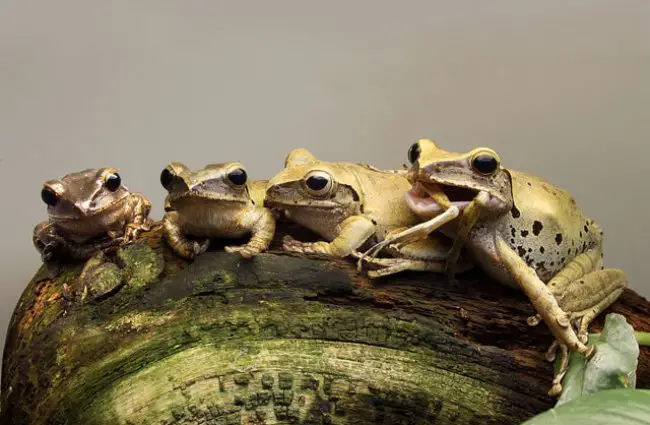
The Cycle of Life: Mating and Reproduction
The reproductive strategies of tree frogs are as diverse as the species themselves, showcasing incredible adaptations to ensure the survival of their offspring. Most species are oviparous, meaning they lay eggs.
The Serenade of the Swamps
Mating season is often heralded by the distinctive calls of male tree frogs. These vocalizations, ranging from chirps and trills to croaks and whistles, serve to attract females and establish territories. Each species has a unique call, allowing females to identify potential mates of their own kind even in a cacophony of amphibian sounds. These calls are particularly prominent during warm, humid nights, often after rainfall.
From Egg to Froglet: A Journey of Transformation
Once a female is attracted, amplexus occurs, where the male clasps onto the female’s back to fertilize the eggs as they are laid. The location and method of egg-laying vary dramatically:
- Water-bound Eggs: Many species lay their eggs directly in still or slow-moving water, such as ponds, puddles, or bromeliad tanks. The eggs hatch into aquatic tadpoles.
- Leaf-deposited Eggs: Some species lay eggs on leaves overhanging water. When the tadpoles hatch, they drop into the water below. The Red-eyed Tree Frog is a famous example of this strategy.
- Foam Nests: Certain species create foam nests on leaves or in crevices, which protect the eggs from desiccation and predators until they hatch and fall into water.
- Direct Development: In a few species, the eggs develop directly into miniature froglets, bypassing the tadpole stage entirely. This adaptation is common in drier environments where permanent water bodies are scarce.
Tadpoles are typically aquatic, feeding on algae and detritus. They undergo metamorphosis, gradually developing limbs, losing their tails, and transforming into terrestrial or arboreal froglets, ready to embark on their life in the trees.

Ecological Role and Interactions
Tree frogs are not just pretty faces; they are integral components of their ecosystems, participating in a complex web of interactions that maintain ecological balance.
Guardians of the Ecosystem
Their primary contribution is as natural pest controllers. By consuming vast numbers of insects, they help regulate insect populations, preventing outbreaks that could harm plants and crops. This makes them valuable allies in agricultural areas, though their presence is often overlooked.
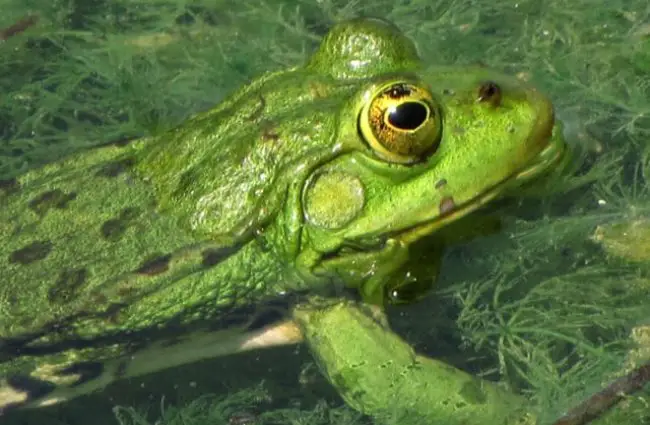
A Web of Life: Predators and Prey
Tree frogs also serve as a food source for a variety of other animals. Their predators include:
- Snakes: Many arboreal snakes specialize in hunting tree frogs.
- Birds: Nocturnal birds of prey, and even some diurnal species, will hunt frogs.
- Mammals: Small mammals like bats and rodents may prey on them.
- Larger Amphibians and Fish: Tadpoles are vulnerable to aquatic predators.
- Invertebrates: Spiders and large insects can sometimes prey on smaller froglets.
Their vibrant colors, while sometimes for camouflage, can also be a warning sign, as some species possess skin toxins to deter predators. This intricate dance of predator and prey highlights their vital position in the food chain.
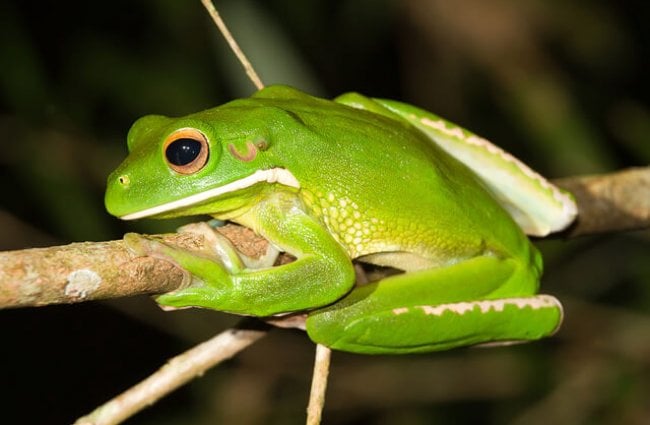
Tree Frogs and Humanity
Our relationship with tree frogs is multifaceted, spanning cultural significance, scientific inquiry, and the challenges of coexistence.
Cultural Icons and Scientific Wonders
In many cultures, frogs, including tree frogs, symbolize fertility, transformation, and good luck. Their calls are often associated with rain and the changing seasons. Scientifically, they are invaluable bioindicators, meaning their health reflects the health of their environment. Researchers study their unique adaptations, such as their adhesive toe pads, their skin secretions (some of which have medicinal potential), and their remarkable ability to survive extreme conditions. Their presence in an ecosystem is often a sign of a healthy, balanced environment.

Coexisting with Our Amphibian Neighbors
Human interaction with tree frogs is generally benign, but human activities pose significant threats to their survival. Habitat loss due to deforestation, pesticide use, and climate change are major concerns. When encountering a tree frog in the wild, the best course of action is to observe from a distance. Avoid touching them, as human skin oils and chemicals can be harmful to their sensitive skin. If you find one in an unusual or dangerous spot, gently guide it to a safer, vegetated area using clean, wet hands or a leaf, ensuring minimal direct contact.

Expert Insights and Practical Guidance
For those seeking a deeper understanding or direct interaction, here are some specialized insights.
Finding Tree Frogs in the Wild: A Guide for Enthusiasts
For the animal lover hoping to spot a tree frog, patience and a keen eye are essential. Here is how and where to look:
- Time of Day: Tree frogs are primarily nocturnal. Your best chance is after dusk, particularly on warm, humid evenings following rain.
- Location:
- Near permanent or temporary water sources: Ponds, streams, puddles, and even bird baths.
- Dense vegetation: Look on the undersides of large leaves, along branches, and among tall grasses or reeds.
- Bromeliads: In tropical regions, these plants collect water and are prime tree frog habitats.
- Windows and Porches: Drawn to insects attracted by lights, they sometimes appear on exterior walls or windows.
- Sound: Learn the calls of local tree frog species. Their distinctive chirps and croaks will lead you right to them.
- Equipment: A good flashlight (preferably with a red light filter to minimize disturbance) and binoculars can enhance your viewing experience.
Remember to move slowly and quietly to avoid startling them. Respect their natural environment and never disturb their habitat.
Caring for Tree Frogs in Captivity: A Zookeeper’s Handbook
Caring for tree frogs in a captive environment requires meticulous attention to detail to replicate their natural conditions. For zookeepers, the following tasks and considerations are paramount:
- Enclosure Design:
- Vertical Space: Provide ample climbing opportunities with branches, vines, and live or artificial plants.
- Substrate: Use moisture-retaining substrates like coco fiber, sphagnum moss, or reptile bark. Avoid anything that can be easily ingested or is chemically treated.
- Water Dish: A shallow, stable water dish with clean, dechlorinated water is crucial. Change daily.
- Hiding Spots: Offer plenty of secure hiding places among foliage or cork bark.
- Environmental Parameters:
- Temperature: Maintain species-specific temperature ranges, typically between 70-80°F (21-27°C) during the day, with a slight drop at night. Use appropriate heating elements if necessary, ensuring no direct contact with the frogs.
- Humidity: High humidity (60-80% or higher for some species) is vital. Mist the enclosure multiple times a day with dechlorinated water. A hygrometer is essential for monitoring.
- Lighting: Provide a natural day/night cycle (12-14 hours light, 10-12 hours dark). While UVB is not strictly necessary for all species, low-level UVB can be beneficial for overall health.
- Diet and Feeding:
- Live Insects: Offer a variety of gut-loaded insects such as crickets, dubia roaches, and mealworms.
- Supplementation: Dust insects with calcium powder (without D3) at most feedings and a multivitamin supplement (with D3) once or twice a week.
- Feeding Schedule: Feed juveniles daily; adults every 2-3 days, adjusting quantity based on species and individual frog size.
- Hygiene and Maintenance:
- Spot Cleaning: Remove uneaten food and waste daily.
- Full Cleaning: Perform a full substrate change and enclosure disinfection every 4-6 weeks, using amphibian-safe disinfectants.
- Water Quality: Ensure water is always clean and free of chlorine or chloramines.
- Handling:
- Minimize Handling: Tree frogs have delicate, permeable skin. Handle only when necessary.
- Gloves: Always wear clean, powder-free gloves moistened with dechlorinated water if handling is unavoidable.
- Avoid: Never handle with dry hands, as it can damage their skin and remove their protective mucus layer. Avoid using hand sanitizers or lotions before handling.
- Health Monitoring:
- Regularly observe for changes in behavior, appetite, skin condition, or breathing.
- Consult a veterinarian specializing in exotic animals for any signs of illness.
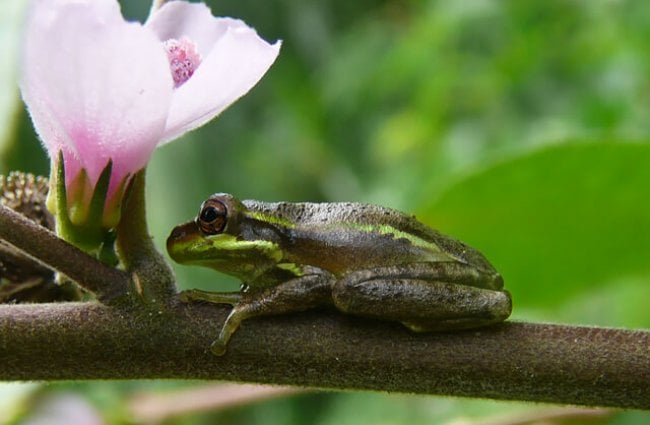
Evolutionary Journey: A Leap Through Time
The evolutionary history of tree frogs, particularly the Hylidae family, traces back tens of millions of years. Their lineage diverged from other frog groups, developing specialized adaptations for an arboreal lifestyle. Key evolutionary milestones include the development of their characteristic toe pads with adhesive disks, which allow them to cling to smooth surfaces, and their often slender bodies and long limbs, optimized for climbing and leaping between branches. Fossil records are sparse for small, soft-bodied amphibians, making their exact evolutionary path challenging to trace, but genetic studies continue to refine our understanding of their diversification across continents, often linked to continental drift and the spread of suitable forest habitats.
A Huge List of Interesting Facts About Tree Frogs
- Sticky Toes: Their famous toe pads are not sticky due to glue, but rather a combination of microscopic hexagonal cells and mucus, creating a strong adhesive force through surface tension.
- Color Changers: Many tree frog species can change their skin color to better camouflage themselves with their surroundings, adapting to different leaves or bark.
- Freeze Tolerance: Some temperate species, like the Gray Tree Frog, can survive having up to 60% of their body water freeze solid during winter, thanks to natural cryoprotectants like glucose in their blood.
- Water Absorption: Tree frogs absorb water directly through their skin, particularly through a specialized “drinking patch” on their belly, rather than drinking with their mouths.
- Nocturnal Hunters: Most tree frogs are active at night, using their excellent night vision to hunt insects.
- Vocal Powerhouses: Male tree frogs have incredibly loud calls for their size, often amplified by a vocal sac that inflates like a balloon.
- Long Leapers: Their powerful hind legs allow them to make impressive leaps, sometimes many times their body length, between branches.
- Defensive Secretions: Some species produce skin secretions that are toxic or foul-tasting to deter predators.
- Unique Eye Pupils: Many species have horizontal pupils, though some, like the Red-eyed Tree Frog, have vertical pupils.
- Parental Care: While not universal, some tree frog species exhibit forms of parental care, such as guarding eggs or transporting tadpoles to water sources.
- Bioindicators: Their permeable skin makes them highly sensitive to environmental changes and pollution, serving as important indicators of ecosystem health.
- Lifespan: In captivity, with proper care, some tree frog species can live for 5-10 years, or even longer.
Conclusion: Guardians of the Green
From their mesmerizing colors to their incredible adaptations for life in the trees, tree frogs are truly captivating creatures. They are not just a delight to observe, but also vital contributors to the health of our planet’s ecosystems. Understanding their needs, respecting their habitats, and supporting conservation efforts are crucial steps in ensuring these arboreal acrobats continue to thrive for generations to come. Whether you are a student researching their biology, an animal lover seeking them in the wild, or a zookeeper dedicated to their care, the world of tree frogs offers endless opportunities for discovery and appreciation.

![Red Angus Closeup of a beautiful Red Angus cowPhoto by: U.S. Department of Agriculture [pubic domain]https://creativecommons.org/licenses/by/2.0/](https://animals.net/wp-content/uploads/2020/03/Red-Angus-4-238x178.jpg)




![Red Angus Closeup of a beautiful Red Angus cowPhoto by: U.S. Department of Agriculture [pubic domain]https://creativecommons.org/licenses/by/2.0/](https://animals.net/wp-content/uploads/2020/03/Red-Angus-4-100x75.jpg)

